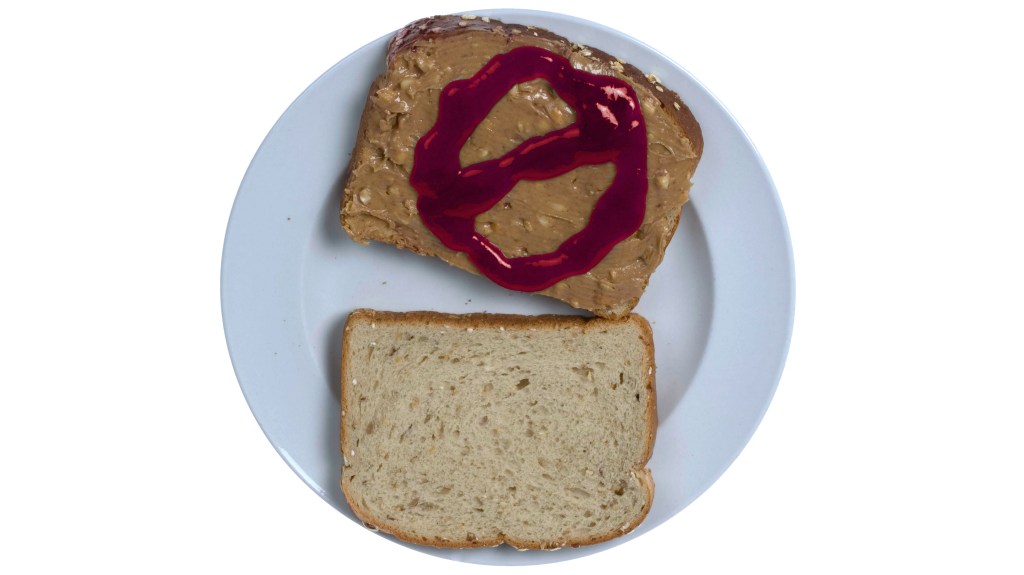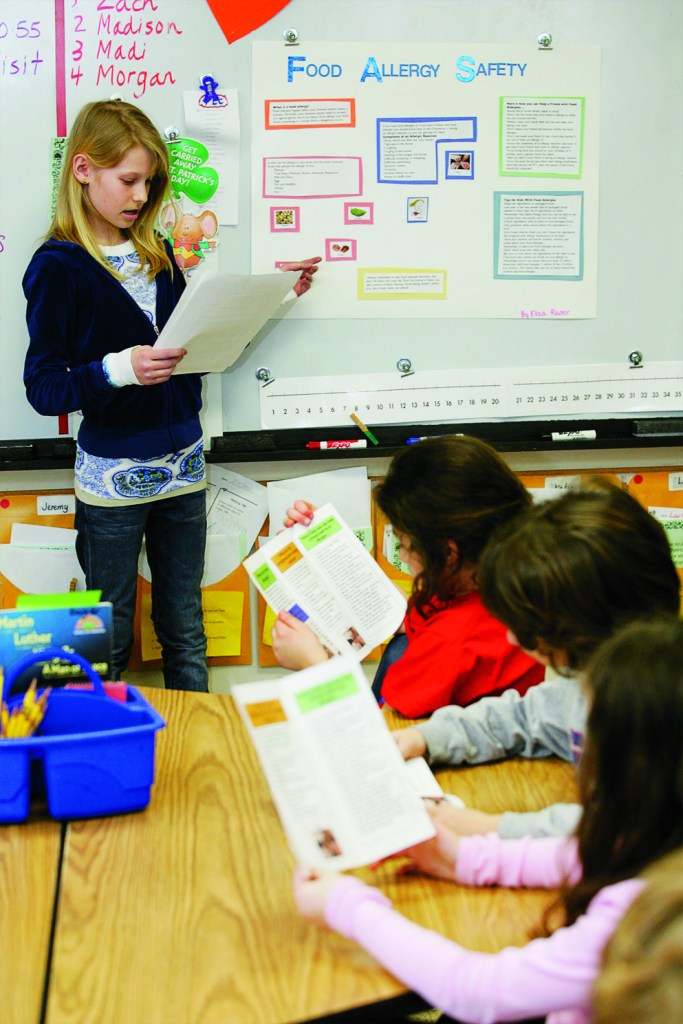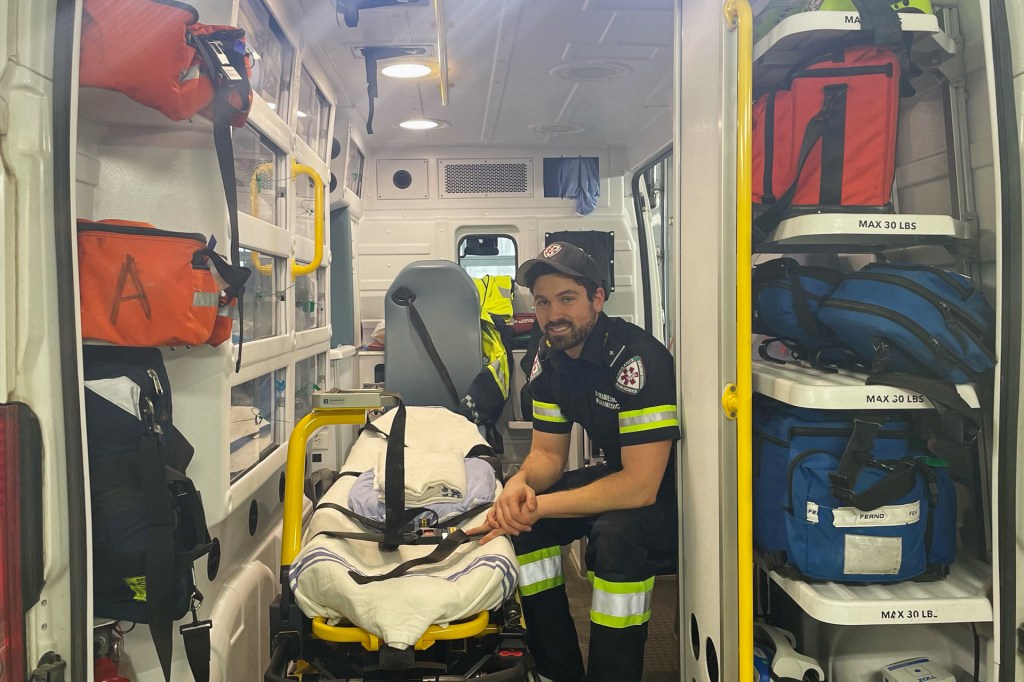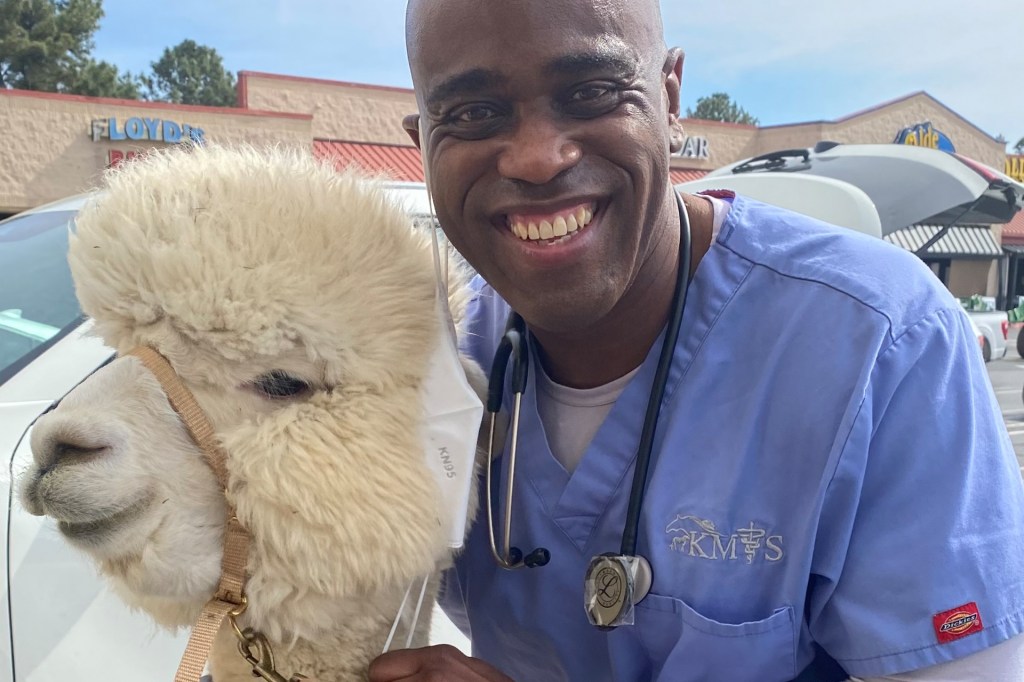Forbidden Foods

When Eliza Rader was 17 months old, she tasted peanut butter for the first time. Immediately afterward, she broke out in hives, her tongue swelled and she had trouble breathing. Her mother rushed her to a doctor. Later, tests confirmed that Eliza had a severe peanut allergy and was also allergic to sesame and to tree nuts, which include almonds, hazelnuts and walnuts.
Now, Eliza is a 12-year-old seventh grader. She carries an EpiPen—an injector that gives an emergency dose of medicine—at all times. She also visits classrooms at her old elementary school as part of a special project to teach students about food allergies. Last week, she visited Mrs. Dwyer's second-grade class at Westorchard Elementary, in Chappaqua, New York. "When I was younger, I was one of the few kids that had these allergies, so I often felt lonely," Eliza says. "I want to make kids feel more comfortable and safe."
But, as Eliza has discovered, kids who have food allergies like hers are hardly alone anymore. About 3 million American kids suffer from food allergies, and the number seems to be growing quickly. A study by the Food Allergy & Anaphylaxis (an-uh-fih-lax-iss) Network (FAAN) found that peanut allergies in children doubled between 1997 and 2002. Kids commonly outgrow allergies to milk and eggs. But experts say that today it is taking longer for them to do so.
Doctors, including Dr. Wesley Burks, head of the children's allergy group at Duke University Medical Center, in Durham, North Carolina, confirm that the increase in the number of kids with food allergies is nothing to sneeze at. "Within the last 20 years, there have been more young patients with food allergies," Burks told TFK.
All About Allergies

Eliza Rader talks about her food allergies and tells students how they can help each other.
TODD PLITT FOR TIME FOR KIDS (SCHOOL PHOTOS)In the U.S., eight foods—milk, soy, eggs, wheat, peanuts, tree nuts, fish and shellfish—cause 90% of all food-allergic reactions (see "Top 5 Most Common Food Allergies" on page 3). Why do common favorites like ice cream, peanut butter and pizza cause some children to feel nauseous, itch, cough and even gasp for air? It is a mistake of the body's immune system. The immune system's role is to protect the body from infections and other invaders. During an allergic reaction, the immune system identifies a food as something dangerous and releases chemicals. These chemicals cause the symptoms of an allergic reaction.
No one knows for sure why the number of kids who suffer from food allergies is on the rise, but there are many theories. Burks believes changes in what we eat and an overemphasis on hygiene are contributing factors. In today's germ-busting, antibacterial world, there are fewer viruses and bacteria for our immune systems to fight. So Burks and others believe that immune systems are attacking normally harmless foods instead.
Serving Up Success
Westorchard Elementary is taking an aggressive approach to food allergies, as are schools and kids across the country (see "A Little Help for Your Friends"). Peanut butter sandwiches are no longer sold in the cafeteria. Students with nut allergies can safely eat their lunch at the nut-free table. School staffers are trained to use EpiPens and look for the signs of allergic reactions. Food-allergic kids keep emergency plans and medication in the nurse's office. For Food Allergy Awareness Week, May 11-17, the school's food-allergy committee is hoping to offer allergen-free sweets and encourage all students to pack a nut-free lunch for one day.
Arizona, Connecticut, Massachusetts, New Jersey, New York, Tennessee, Vermont and Washington have passed laws that give schools guidelines on what changes to make. The U.S. government is now considering a law that would extend such guidelines to all states, and there's a good chance it will pass.
Kids Take Charge!
Nut-free lunch tables can do only so much to protect kids like Daniel, 11, of Lake Forest, Illinois. He is allergic to milk, tree nuts, shellfish and beef. Daniel has learned to cope with challenges at birthday parties, baseball games and on holidays. "You have to learn to live with your food allergies," Daniel explains.
For Daniel, Eliza and others, that means avoiding the foods they are allergic to and educating others about the problem. There is no cure for food allergies yet.
"Having a food allergy is just part of what makes you who you are, like if you have glasses or braces," says Eliza. "It doesn't make you different in a bad way. It just makes you special."
A Little Help for Your Friends

Safety Zone: Eliza sits at the Westorchard cafeteria's nut-free table.
TODD PLITT FOR TIME FOR KIDS (SCHOOL PHOTOS)Here are some tips from Be a PAL: Protect a Life, a FAAN program. They will help you make life a bit easier for classmates.
Never take food allergies lightly. Don't tease classmates about their food allergies or encourage them to eat something that they shouldn't.
Don't share food with friends who have allergies. Your food might cause someone else to have an allergic reaction.
Wash your hands after eating. Some people can have a reaction after being touched by a person who has handled a certain food.
Know your friends' allergies, and help them avoid off-limits foods. Learn to scan food labels for allergens.
If a friend who has food allergies becomes ill, get help immediately! At school, find the nurse, a teacher or another adult. At home, tell a parent. In some cases, you may need to call 911 for medical help.












